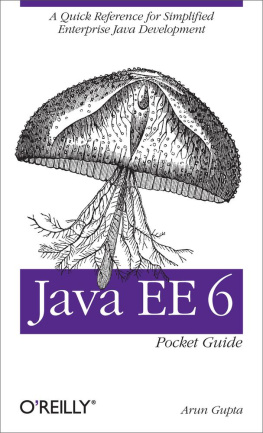David Flanagan - Java In A Nutshell, 5th Edition
Here you can read online David Flanagan - Java In A Nutshell, 5th Edition full text of the book (entire story) in english for free. Download pdf and epub, get meaning, cover and reviews about this ebook. year: 2005, publisher: OReilly Media, genre: Computer. Description of the work, (preface) as well as reviews are available. Best literature library LitArk.com created for fans of good reading and offers a wide selection of genres:
Romance novel
Science fiction
Adventure
Detective
Science
History
Home and family
Prose
Art
Politics
Computer
Non-fiction
Religion
Business
Children
Humor
Choose a favorite category and find really read worthwhile books. Enjoy immersion in the world of imagination, feel the emotions of the characters or learn something new for yourself, make an fascinating discovery.

- Book:Java In A Nutshell, 5th Edition
- Author:
- Publisher:OReilly Media
- Genre:
- Year:2005
- Rating:3 / 5
- Favourites:Add to favourites
- Your mark:
Java In A Nutshell, 5th Edition: summary, description and annotation
We offer to read an annotation, description, summary or preface (depends on what the author of the book "Java In A Nutshell, 5th Edition" wrote himself). If you haven't found the necessary information about the book — write in the comments, we will try to find it.
With more than 700,000 copies sold to date, Java in a Nutshell from OReilly is clearly the favorite resource amongst the legion of developers and programmers using Java technology. And now, with the release of the 5.0 version of Java, OReilly has given the book that defined the in a Nutshell category another impressive tune-up.
In this latest revision, readers will find Java in a Nutshell, 5th Edition, does more than just cover the extensive changes implicit in 5.0, the newest version of Java. Its undergone a complete makeover--in scope, size, and type of coverage--in order to more closely meet the needs of the modern Java programmer.
To wit, Java in a Nutshell, 5th Edition now places less emphasis on coming to Java from C and C++, and adds more discussion on tools and frameworks. It also offers new code examples to illustrate the working of APIs, and, of course, extensive coverage of Java 5.0. But faithful readers take comfort: it still hasnt lost any of its core elements that made it such a classic to begin with.
This handy reference gets right to the heart of the program with an accelerated introduction to the Java programming language and its key APIs--ideal for developers wishing to start writing code right away. And, as was the case in previous editions, Java in a Nutshell, 5th Edition is once again chock-full of poignant tips, techniques, examples, and practical advice. For as long as Java has existed, Java in a Nutshell has helped developers maximize the capabilities of the programs newest versions. And this latest edition is no different.
David Flanagan: author's other books
Who wrote Java In A Nutshell, 5th Edition? Find out the surname, the name of the author of the book and a list of all author's works by series.

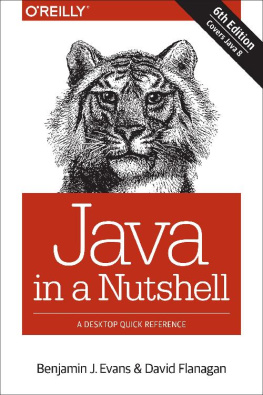
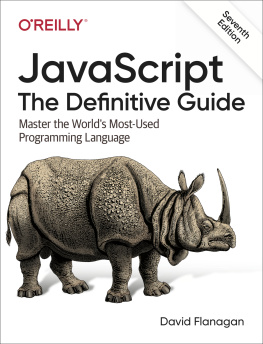
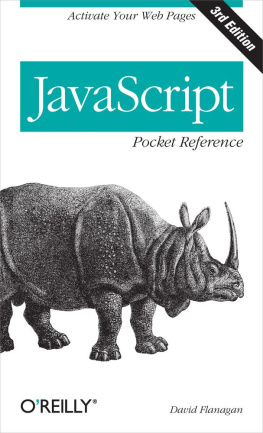
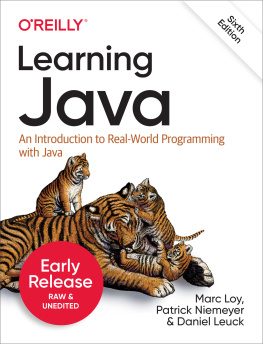
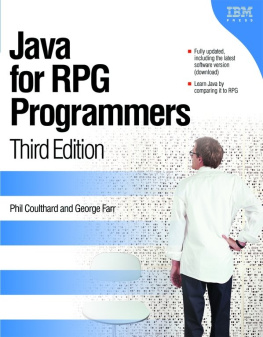


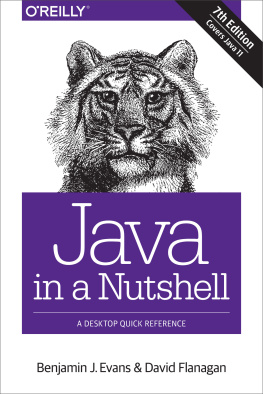
![Ivor Horton [Ivor Horton] - Ivor Horton’s Beginning Java®, Java 7 Edition](/uploads/posts/book/119392/thumbs/ivor-horton-ivor-horton-ivor-horton-s.jpg)
